What is a carbon steel flange?
Carbon steel flange is a flange or end flange connector whose main body is made of carbon steel. Flanges containing carbon steel are called carbon steel flanges. Common materials are cast carbon steel grades WCB, forgings
A105, or Q235B, A3, 10#, #20 steel, 16 manganese, 45# steel, Q345B, etc.
Usually, to prevent rust, the flange surface is electroplated (yellow zinc, white zinc, etc.), or anti-rust oil is brushed and anti-rust paint is sprayed.
Application of carbon steel flange
Carbon steel flange is a connection device for two large-diameter pipes, usually two flanges plus several fastening bolts. It is a flange made of carbon steel. Because carbon steel has good plasticity and low strength, it will become hard after adding an appropriate amount of carbon element, and the plasticity will be reduced and the strength will be increased. These components, to a certain extent, enhance its performance characteristics. These performance characteristics also promote the application of carbon steel flanges. However, its main purpose is to connect pipelines. Its use is to improve the sealing performance of pipelines and facilitate the replacement of a certain section of pipelines, because its application can simplify the maintenance of pipelines, and it can also timely control the closure of a certain section of pipelines.
Carbon steel flanges do not necessarily have to use stainless steel bolts. Stainless steel bolts are used for easy disassembly (carbon steel is easy to rust). They can also be used in some special occasions where fire cannot be started or other special occasions. In the carbon steel flange, various new products continue to emerge. In the steel pipe industry, high-quality products are also constantly developed to sell steel pipes. In fact, carbon steel flanges are also slowly developed in the field of steel. Carbon steel flange blanks are also left over from the production of carbon steel flanges and carbon steel flanges. However, the steel parts of these carbon steel flanges are left to make carbon steel flange blanks. Carbon steel flanges with neck butt welding, neck flat welding, socket welding and threaded flanges are generally made of forging or forging and rolling processes.
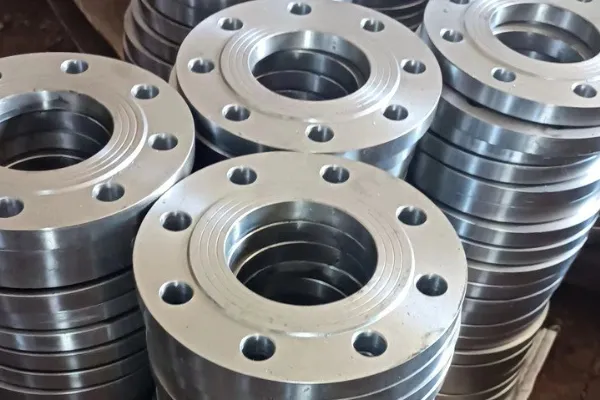
Technical conditions for carbon steel flanges
The pressure markings specified in this standard are divided into PN markings and Class markings.
PN markings have 12 pressure levels
Respectively: PN2.5; PN6; PN10; PN16; PN25; PN40; PN63; PN100; PN160; PN250; PN320; PN400
Class markings have 6 pressure levels
Respectively: Class 150; Class 300; Class 600; Class 900; Class 1500; Class 2500
Another meaning of carbon steel flange is: flanges produced according to the size and tolerance range required by national standards, which are different from flanges produced not according to standard sizes, also called second-standard flanges (some people call them non-standard flanges incorrectly). Usually, some unscrupulous merchants will reduce the thickness and outer diameter of the flange to save materials, and use scrap steel or scrap steel to process flanges. Usually, this kind of steel is waste with substandard chemical composition and mechanical properties. What's worse, flanges are produced by private steel mills. The steelmaking technology used in this private steelmaking is outdated and cannot guarantee mechanical properties and welding properties. It may not be welded with steel pipes when used, or the steel itself has cracks, pores, etc., and it will leak after welding. So try to use carbon steel flanges when buying flanges.






 English
English Español
Español بالعربية
بالعربية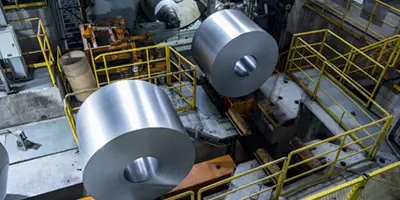

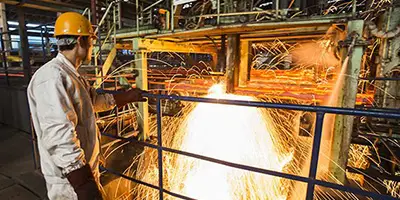
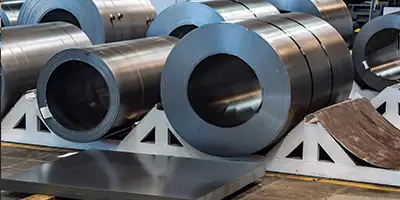

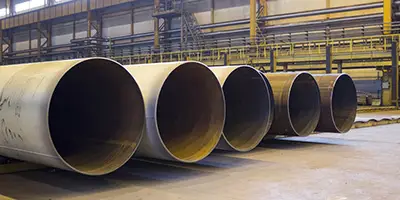
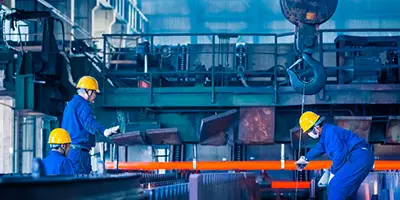
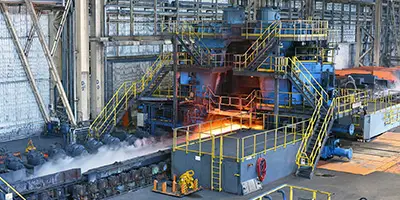
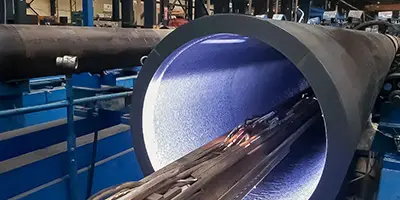
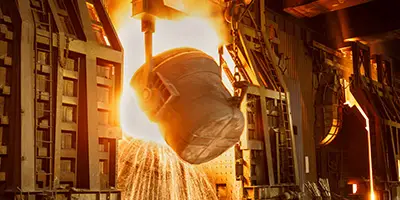
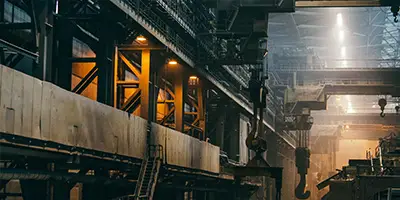

 Phone :
Phone :  Whatsapp :
Whatsapp :  Email :
Email : 


